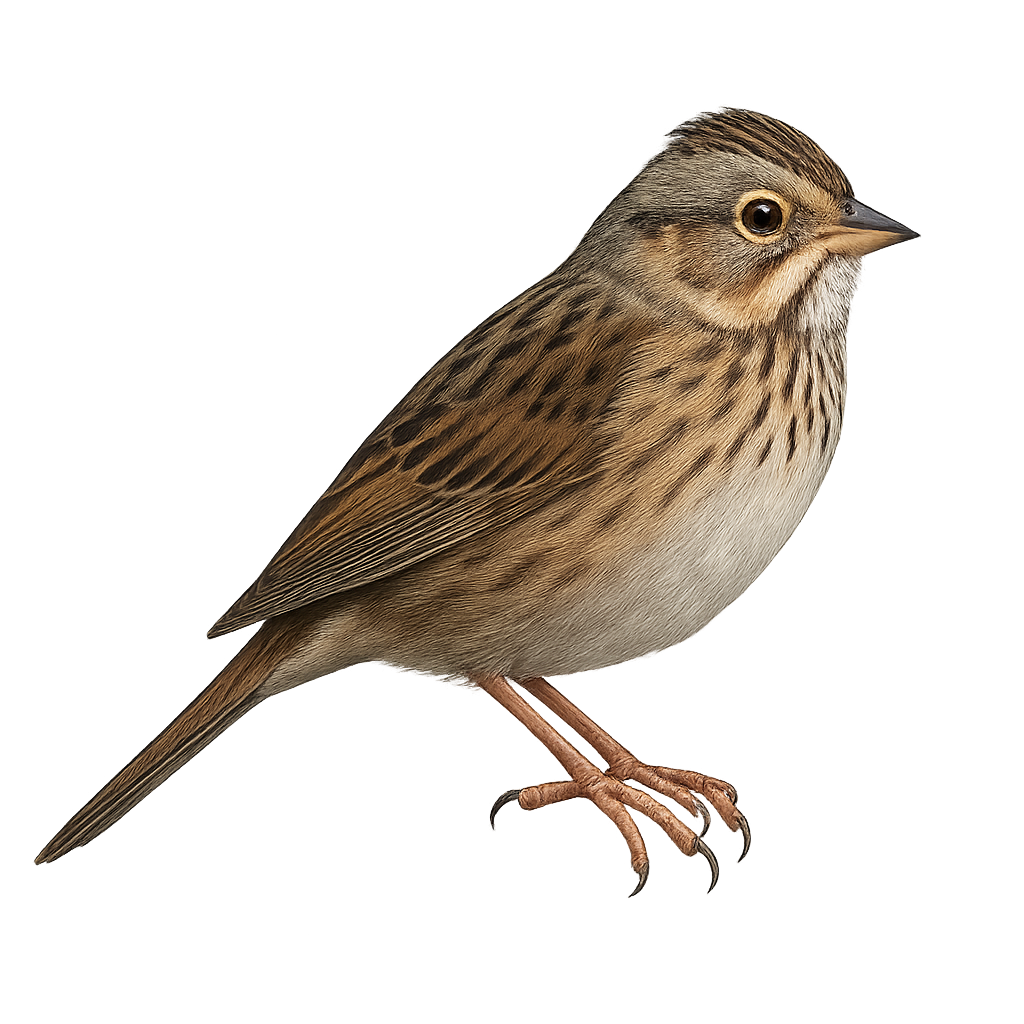Your wildlife photography guide.
Explore the lincoln's sparrow in detail, study its behavior, prepare your shots.
Where to observe and photograph the lincoln's sparrow in the wild
Learn where and when to spot the lincoln's sparrow in the wild, how to identify the species based on distinctive features, and what natural environments it inhabits. The WildlifePhotographer app offers tailored photography tips that reflect the lincoln's sparrow’s behavior, helping you capture better wildlife images. Explore the full species profile for key information including description, habitat, active periods, and approach techniques.
Lincoln's Sparrow
Scientific name: Melospiza lincolnii

IUCN Status: Least Concern
Family: PASSERELLIDAE
Group: Birds
Sensitivity to human approach: Suspicious
Minimum approach distance: 5 m
Courtship display: May to July
Incubation: 12-14 jours
Hatchings: June to July
Habitat:
Wetlands, meadows, open forests
Activity period :
Primarily active during the day, with peak activity in the morning and late afternoon.
Identification and description:
The Lincoln's Sparrow, Melospiza lincolnii, is a small passerine bird belonging to the Passerellidae family. It is primarily found in North America, inhabiting wetlands, meadows, and open forests. This sparrow is identifiable by its brown plumage streaked with black and its finely streaked chest. Its head features a gray cap and a brownish eye stripe. Often heard before seen, it is known for its melodious and complex song. A migratory bird, it winters in the southern United States and Mexico. Its elusive nature and shy behavior make it a challenging subject for birdwatchers.
Recommended lens:
400mm – adjust based on distance, desired framing (portrait or habitat), and approach conditions.
Photography tips:
To photograph the Lincoln's Sparrow, aim for early mornings or late afternoons when the light is soft and flattering. Use a telephoto lens of at least 400mm to capture precise details without disturbing the bird. Be patient and discreet, as this sparrow is suspicious and often hides in vegetation. A tripod can be useful to stabilize your camera and achieve sharp images.
From knowledge to field practice
A species profile helps you understand an animal. In the field, the challenge is often different. Remembering your own observations.
The WildlifePhotographer app allows you to:
• record your personal observations
• note locations, dates, and behaviors
• revisit your field references over time
• build a private and long-term field logbook
The app does not provide observation locations.
It helps you organize what you actually observe, with respect for wildlife.

